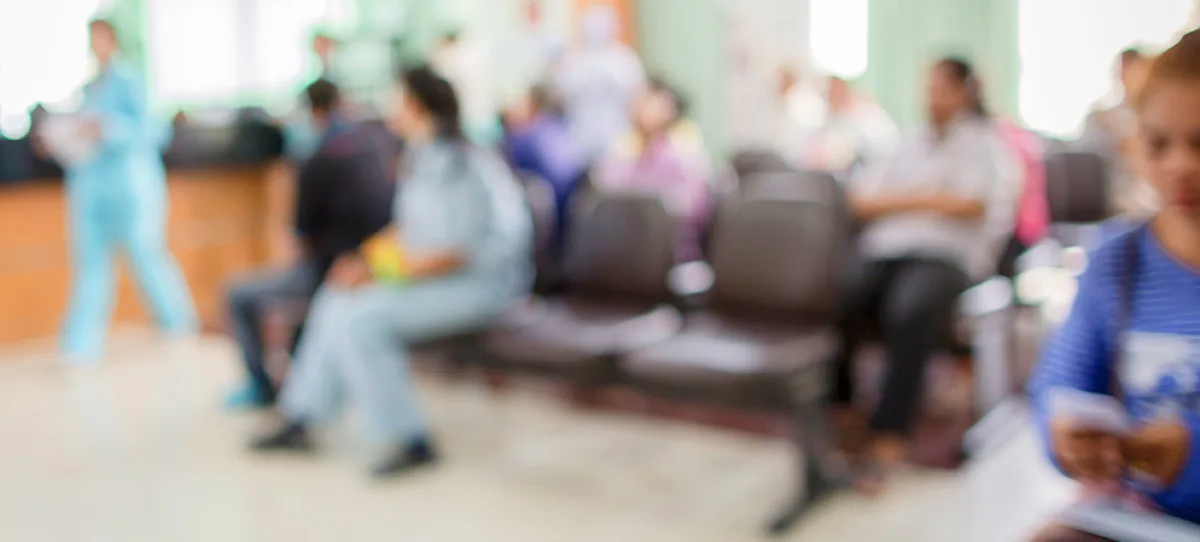
The Bias That Makes Racism a Public Health Crisis
By Errol Pierre, Senior Vice President, State Programs, Healthfirst
Last November, during the mad rush to end the year productively, I began to feel sharp abdominal pains intermittently during the day. I was very busy, so rather than listening to my body I ignored the pain and pressed on, filling my calendar with Zoom meetings from morning to night. However, by the end of the workday my body eventually won the tug of war it was having with my schedule, and the pain was so acute I could barely stand up. At that interminable moment I knew I could no longer ignore the pain and quickly concluded that I had to seek immediate medical attention.
I have worked in managed care for more than 18 years. I know all the research and programs focused on decreasing avoidable emergency room usage. Yet, I also knew that I had put off seeking care for far too long, and that now it was time to find out what was causing my pain before it was further exacerbated.
Healthcare has always been a precarious topic for me. As a child of Haitian immigrants, I grew up underinsured without access to the highest-quality doctors in New York. Even now, though I work in this industry, I know that the system was not originally built for patients like me. It has always been hard to find a trustworthy primary care physician who is free from bias, understands my cultural norms, and treats me like a human being.
I also know I’m not alone. Black people in New York and across the country face racial bias when they seek care—and this bias affects their health and well-being.
On average, my visit lengths with a doctor are shorter than those of my colleagues of other races/ethnicities. I’m asked fewer open-ended questions from the doctors that I do see because they are more likely to make assumptions about my lifestyle or behaviors based on my appearance. It also means the severity of my abdominal pain is less likely to be believed than someone who does not look like me. In fact, I am more likely to be sent home rather than getting a full range of tests to determine my illness. Lastly, on average, I am more likely to be considered problematic or a non-compliant patient by any of the doctors I see.
That’s the reality I knew I’d face that night. Research tells us that when African Americans go to an emergency room, medical professionals are 10% less likely to admit them for similar diagnoses and less likely to order blood tests, CT scans, or X-rays. Not only does this lead to people like me receiving lower triage scores, it also contributes to higher mortality rates. I look at this type of research as part of my day job, so it always lingers in my mind whenever I access the healthcare system.
I took steps to mitigate the bias I knew I’d face in the ER.
Despite living in the Bronx, I headed into Manhattan, having made a gut decision to use a hospital in a more affluent part of New York City — but not before changing my clothes. Instead of showing up in the sweatpants and hoodie I had on that night, I changed into dress pants, a buttoned-up white shirt, and a cardigan sweater. It never hurts to throw on a hat from my alma mater, New York University, to finish up “the look.”
NYC Draws a Line in the Sand
When I learned on October 18, 2021, that the New York City Board of Health passed a landmark resolution declaring racism a public health crisis, I let out a huge sigh of relief. It was the first step in confronting a problem that has plagued us for decades.
I felt lucky that when I arrived in the Manhattan ER I was quickly checked in and seen by a physician, and everyone on the care team treated me with dignity and respect. I know that not everyone is afforded the same treatment because of the biases that seep into healthcare.
Once systems start to confront bias and inequities within their institutions, then policymakers and other trailblazers in healthcare can take the baton and advance the work needed to make our healthcare system more equitable.
As part of this important conversation on bias, it is important to understand that good people can have bad biases; well-intentioned people can unconsciously act on those biases; and lastly, we all have bias, regardless of our race, ethnicity, or gender.
Once we acknowledge these three truths we can move past defensiveness and start focusing on saving lives. That is what I wake up every morning trying to do. That is what Healthfirst ADVANCE aims to do. Not only will these efforts help the members we serve at Healthfirst, but they will also help many other New Yorkers.